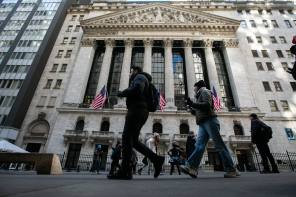
The full title of this book is Investing in the Second Lost Decade: A Survival Guide for Keeping Your Profits Up When the Market is Down by Martin J. Pring, Joe D. Turner, and Tom J. Kopas. The authors are also principals and portfolio managers at Pring Turner Capital Group, a money management firm in the USA that applies the business cycle investment strategy that they discuss in the book, which is used as the basis for the Dow Jones Pring US Business Cycle Index.
I will confess that I approached reading this book with a certain amount of trepidation as I expected it to focus on technical analysis; the issue for me with this approach is that I am always conscious of the investment maxim that past performance is no guarantee of the future.
Having read the book I can say, however, that I did enjoy it and although the authors use a combination of moving averages, trendlines, and oscillators to detect that a cycle has turned the discussion of business cycles within secular cycles, the difference between the two and the psychology of how business cycles potentially pan out was informative and the authors are the first to admit that there is no “perfect” model.
Basically the authors’ view is that secular trends dominate the characteristics of cyclical trends and that during a rising secular trend, bullish cyclical trends are persistent and have substantial magnitude while cyclical bear trends are short and shallow. During a secular bear market, however, cyclical bull markets tend to be shorter and limited in scope, and cyclical bear markets tend to be far more severe.
In simple terms, their view is that two key factors cause secular trends. First, psychology means that swings from extreme (irrational optimism) to extreme (unjustified pessimism) in investor sentiment result to extremes in valuation (that is price-earnings ratio). (So as Warren Buffet says, buy when others are fearful and sell when others are greedy.) The second key factor is commodity prices; the authors believe that a trend of rising commodity prices leads to the demise of equities (inflation adjusted prices, that is real returns).
According to the authors, we are currently half way through a secular bear cycle and to build wealth in a secular bear market an investor should take advantage of business cycle swings to amend asset allocation gradually through this market’s business cycles.
My main problem with the book is that it is very much US centric in terms of the analysis of, for example, tax treatment and other factors. That said, for an investment professional looking for a view of business and secular cycles and asset allocation possibilities I would recommend reading this book, if only to provide a potentially different perspective.



